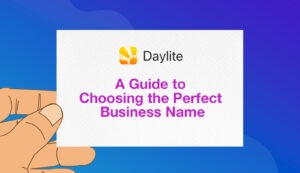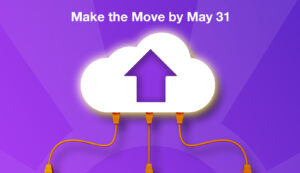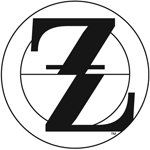 Francis Zera is an award-winning Seattle-based commercial and architectural photographer / videographer. He loves being able to travel and go behind the scenes in weird places like hydro control centres, control towers of airports, and light rail systems. Francis’ client list includes Delta Airlines, Marriott Hotels, New York Post, and even NASA. We interviewed Francis to find out more about his world behind the camera lens.
Francis Zera is an award-winning Seattle-based commercial and architectural photographer / videographer. He loves being able to travel and go behind the scenes in weird places like hydro control centres, control towers of airports, and light rail systems. Francis’ client list includes Delta Airlines, Marriott Hotels, New York Post, and even NASA. We interviewed Francis to find out more about his world behind the camera lens.
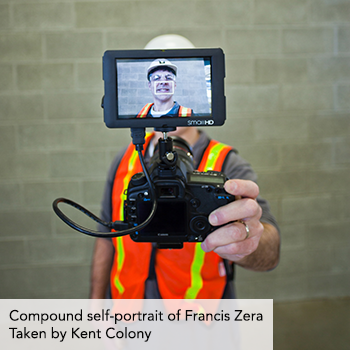 The Process
The Process
I work primarily in the building industry so I work with architects, builders, construction companies, and developers. I start to build a relationship with the client through phone calls and personal meetings to determine what they need and then take whatever steps necessary to make sure that happens. I take a lot of notes in a magical software called Daylite, which helps me to create processes that are perfectly organized for executing the job. Every client has their own process, and I can use Daylite to keep notes on everyone’s distinct preferences. If you’ve ever seen a photo shoot happen it’s like walking onto a construction site. It’s as if the world is being disassembled in one place and assembled in another, but it’s all very organized. There are specific goals. The photos have to say something to a specific audience and that’s what I work out with the client in advance. I also have to make sure I’m not disrupting their ability to do business while I’m shooting.
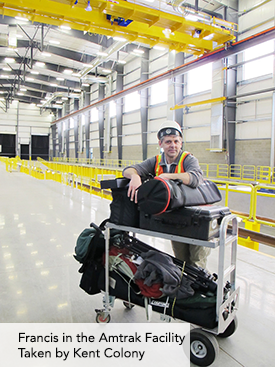 Building Up a Client List
Building Up a Client List
Nearly all of my clients come from networking. It starts with pounding the pavement and then organizing the clients in a database to contact them methodically. To build up my client list I went to as many appropriate networking events as possible and travelled to places like the American Institute of Architects annual convention, in the United States. I get a fresh stack of business cards, comfortable insoles for my shoes, and hit the pavement. It’s targeted outreach. If there’s a company I want to work with, I do my homework first online before making phone calls to get an introduction. I’ve tried other methods but found that the old fashioned method of getting out there, shaking hands, meeting people, and building relationships is still the most effective way to build business relationships.
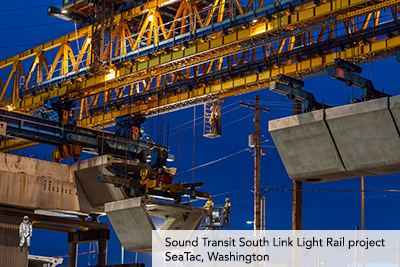 What the Client Wants
What the Client Wants
When it’s a big contract (like the three year light rail contract I’m working on), the client wants the comfort of knowing that the person they hire is committed to the project and has all the technical and motivational skills required. On a complicated project they don’t want to have to worry about what is relatively a small thing like documentation in the grand scheme of the project. I do my best to understand how the client operates so I’m low maintenance for them. They want someone who can fit in as part of the team and requires little to no supervision. I’ve taken training on my own for high cable safety for construction so I can do my work with less supervision. Things like that make it easier for the company to hire me. I do whatever I can to make myself part of their team. Being able to create good quality photography is the point of entry these days, and even that takes you only so far. The whole package is the service and skills that you can bring to the table. Your clients all have their particular problems, and if you can solve those problems, you’ve become a valuable part of their team.
Key to a Successful Portfolio
The key is focused content. If you’re going to approach an architect, they don’t care about your portrait pictures. If you’re meeting someone for portraits, they’re not interested in your product photos. Make your portfolio topical to your client base. In my world there are trends you need to be aware of, but you need to avoid being trendy. There’s a shelf life to documentation. You need to be creative and skilled with lighting to pull off documentation, but it still has to be an accurate representation of the architecture.
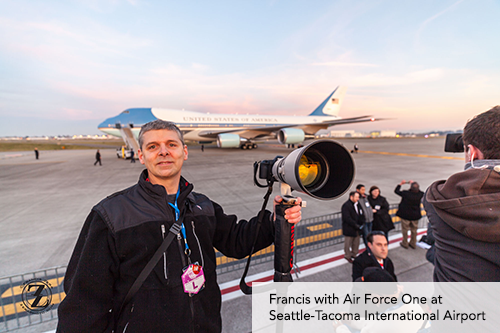
What I’ve Learned
Being organized is everything. I’m a one person shop so staying organized makes my life easier. One thing I use heavily in Daylite is the customizable fields in the contact records. I can keep track of a client’s favourite colour, what toy their kid likes, etc. This way it’s easy for me to drop a surprise on them like getting them a toy for their kid, or remembering that they like chocolate but are allergic to peanuts. Those sort of details help me because I can’t possibly remember it all off the top of my head. Being organized makes being successful easier because I can focus on advancing the business relationship rather than just doing a bunch of tasks. I also learned to add notes in Daylite for how the company operates and their preferred workflow.

How Daylite Helps
The parts of Daylite that I get the most use out of are the calendar and the tasks. Also, being able to link email communications back to the client is magic. I can look at the client record when I’m talking to a client and I don’t have to remember which email I’m referring to because it’s all right there. All my notes are centralized–it’s brilliant! When I show up on site I have a whole bunch of gear in addition to my laptop– iPads, wireless photo transmitters, all sorts of crazy stuff. When I’m thinking of something, no matter where I am, I can pop it into Daylite from whatever device I have with me. Being organized helps me to juggle all the crazy things that I have to remember. As far as the outside world is concerned, I look like I’m calm because I have everything organized, and everything gets done. Nothing falls through the cracks. If I’m out running errands and remember I need to call a client, I can create a task while in the grocery store and by the time I get home and turn on Daylite, there’s my reminder. The ability to keep track of all the little things in one place has been invaluable.
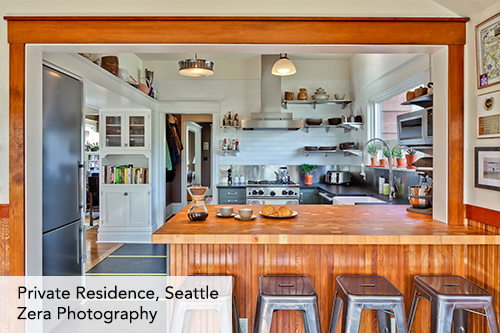
Why I Upgraded to Daylite 5
The features in Daylite 5 seemed well worth the upgrade. The new look and feel of the user interface is great and it keeps getting better. I like what I can control on it. I can move the pesky sidebar out of the way when I need to see more. This makes a huge difference when using the month view (which is what I live in) so I can see what’s coming up. The syncing also seems much more stable, especially remote syncing, and I’m looking forward to taking advantage of the new Insight View feature, too.
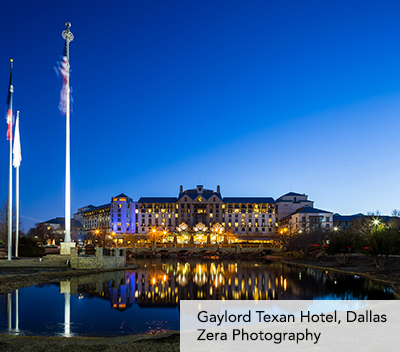
Keep up with Francis on Facebook, Twitter, Instagram, and his blog to learn about photography travel tips, behind the scenes shoots, and more.
